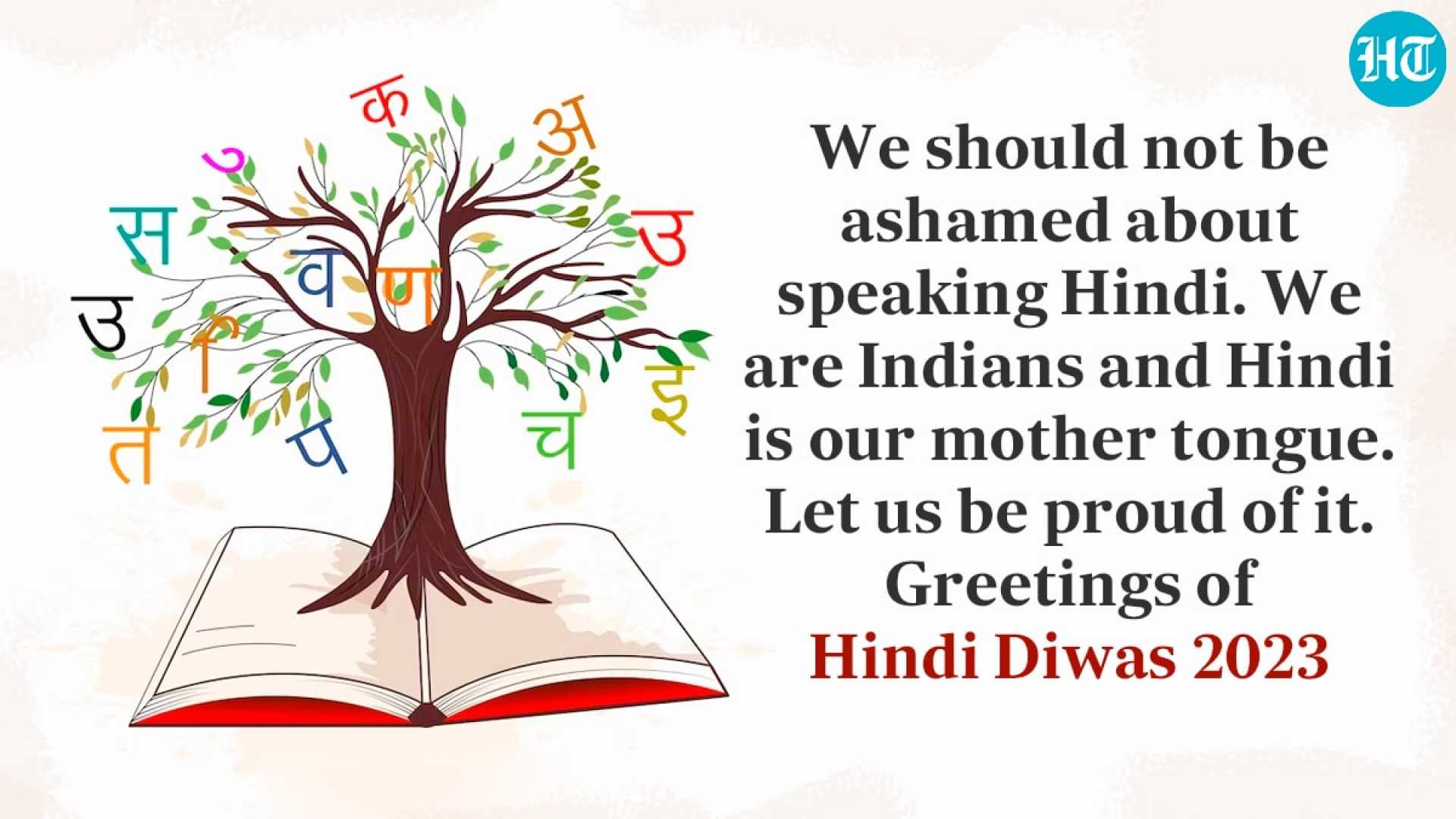Education
Significance of Hindi Diwas: Celebrating the Soul of India

Every year on the 14th of September, India celebrates Hindi Diwas, a day devoted to acknowledging the prominence of the Hindi language. As the official language of India, Hindi is more than just a medium of communication; it is an intrinsic part of India’s identity, culture, and heritage.
The importance of this day lies in commemorating the adoption of Hindi in the Devanagari script as the official language by the Constituent Assembly in 1949. This historic decision highlighted the cultural and linguistic unity that Hindi represents across the diverse panorama of India.
Since the first official Hindi Diwas was observed on September 14, 1953, the day serves as a reminder of the language’s unifying capability, bridging gaps between diverse communities and regions within India.
Hindi is not only the most spoken language in India but also the world’s third most spoken language after Mandarin and English. Besides India, countries like Mauritius, Nepal, Fiji, and Trinidad speak Hindi, acting as a thread that connects global Indian diasporas emotionally.
Globally, the rise of Hindi is also evident in the inclusion of many Hindi words in the prestigious Oxford Dictionary. Digital media, social platforms, and even e-commerce are increasingly incorporating Hindi, expanding its reach day by day.
Despite its status, Hindi remains a subject of debate, not enjoying the title of the ‘national language’ but instead designated as the ‘official language.’ The historical context sheds light on the concerns raised, especially in the 1960s, regarding its national language status.
As we foster the growth of Hindi, educational institutions are now offering courses in Hindi for degrees in medicine and engineering, displaying a shift towards embracing the language in professional spheres too.












